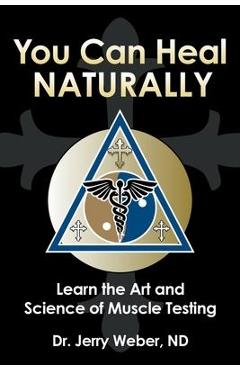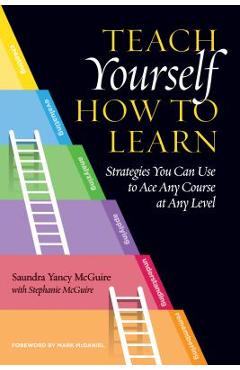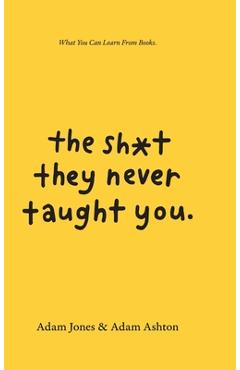You Can Learn!: Building Student Ownership, Motivation, and Efficacy with the Plc Process (Strategies for Plc Teams to Improve Student - Tm Brown

Detalii You Can Learn!: Building Student
You Can Learn!: Building Student - Disponibil la libris.ro
Pe YEO găsești You Can Learn!: Building Student de la Tm Brown, în categoria Education.
Indiferent de nevoile tale, You Can Learn!: Building Student Ownership, Motivation, and Efficacy with the Plc Process (Strategies for Plc Teams to Improve Student - Tm Brown din categoria Education îți poate aduce un echilibru perfect între calitate și preț, cu avantaje practice și moderne.
Preț: 228.5 Lei
Caracteristicile produsului You Can Learn!: Building Student
- Brand: Tm Brown
- Categoria: Education
- Magazin: libris.ro
- Ultima actualizare: 28-10-2025 01:22:05
Comandă You Can Learn!: Building Student Online, Simplu și Rapid
Prin intermediul platformei YEO, poți comanda You Can Learn!: Building Student de la libris.ro rapid și în siguranță. Bucură-te de o experiență de cumpărături online optimizată și descoperă cele mai bune oferte actualizate constant.
Descriere magazin:
Great learning starts when students believe in their academic abilities. In You Can Learn! , authors Tim Brown and William M. Ferriter introduce intentional and purposeful steps collaborative teams can take to increase the self-efficacy of every learner. By incorporating the book\'s research-backed practices, professional learning communities will cultivate a culture where students at every grade level see themselves as competent learners fully capable of succeeding in school and beyond. Discover key instructional strategies to develop and reinforce student learning and achievement: ● Understand why self-efficacy in the classroom is important for student achievement and well-being. ● Extend the PLC at Work(R) process into your classroom and share it with students in order to motivate, inspire, and guide learning. ● Discover how to implement efficacy-building practices designed around foundational PLC elements. ● Study a research-based approach to student engagement that spans grade levels and subject areas. ● Review recommendations for how to start utilizing the strategies outlined in each chapter. ● Utilize reproducible templates and tools to enhance individual and team understanding of the material. Contents: Introduction Chapter 1: Building a Commitment to Learning in Students Chapter 2: Helping Students Understand the Expectations for a Unit of Study Chapter 3: Helping Students Assess Their Progress Toward Mastery Chapter 4: Helping Students Take Action Epilogue References and Resources

Produse asemănătoare

You Can Heal Naturally: Learn the Art and Science of Muscle Testing - Jerry Weber Nd
![]() libris.ro
libris.ro
Actualizat in 28/10/2025
134.31 Lei

Teach Yourself How to Learn: Strategies You Can Use to Ace Any Course at Any Level - Saundra Yancy Mcguire
![]() libris.ro
libris.ro
Actualizat in 28/10/2025
163.12 Lei

This Is Marketing: You Can\'t Be Seen Until You Learn to See - Seth Godin
![]() libris.ro
libris.ro
Actualizat in 28/10/2025
153 Lei

The Sh*t They Never Taught You: What You Can Learn From Books - Adam Ashton
![]() libris.ro
libris.ro
Actualizat in 28/10/2025
342.16 Lei

What\'s My Aura?: Learn Your Color, What It Means, and How You Can Embrace Your Unique Energy Signature - Mystic Michaela
![]() libris.ro
libris.ro
Actualizat in 28/10/2025
67.26 Lei
